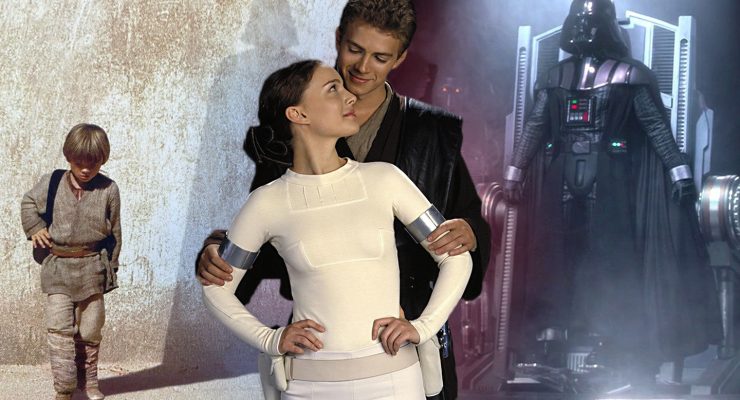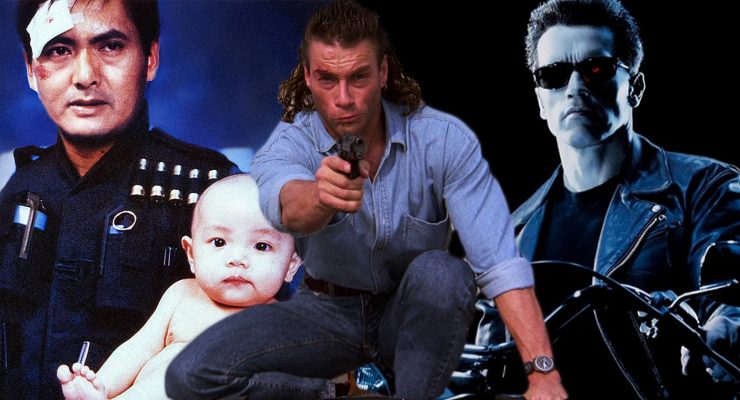This week Neil Calloway questions how long cinematic shared universes can last…
It was announced on Thursday that Margot Robbie – given the sweetener of an Executive Producer to boot – had signed on for a Harley Quinn solo movie. This followed hot on the heels of the news that Anne Hathaway would be open to a Catwoman movie (because that was a success the last time they tried, wasn’t it?). I’m sure the section of the internet that want to make Rule 34 a reality can come up with a story line for a movie that combines them both.
With slates full of Batman solo movies, Superman solo movies, Spider-Man stand-alone films, the shared universe is here to stay. Chuck in the Star Wars movies like Rogue One and the Han Solo Story (A Han Solo solo film?), and we’re in the age of the film you have to have watched three other films beforehand to enjoy. How long will it last though? One flop can derail a franchise very easily; just ask the people who have tried to get Fantastic Four off the ground twice this century.
Shared universes work because they contain familiar characters in familiar situations, and people enjoy that, and studios know they don’t have to market them as hard as the name recognition is already there. However, it gets to a point when the whole thing is too unwieldy and complex for people to care any more. Like a TV show past its prime, you might still watch it but you don’t love it; you’re going through the motions in its final season to watch it judder to its inevitable and unsatisfying climax.
We’re currently on our second Batman of the 21st Century (following three in the 1990s), our second Superman, and our third Spider-Man. The viewing public is fickle; Imagine a film based on a successful franchise from another source matched with a critically acclaimed director and you’d probably have a huge hit, but Warcraft (in the West at least) failed to make a dent at the box office, and what could have been a huge franchise became something to be picked over and dissected to find what went wrong.
Of course, the Marvel and DC universes are more established than Warcraft, but it would only take the failure of one huge budget, large cast film to put the franchise – and the studio – in trouble.
There is also the question of whether the studios know where these films are going to end. Audiences demand bigger spectacles with each instalment, and eventually it will be too much for all but the biggest Marvel and DC fanboy to stomach; even superhero movies need to aspire to some realism.
There’s no way Marvel will stop after Phase 3, by which point a twelve year old who enjoyed the first Iron Man movie in 2008 will have graduated college, a thirty year old man-child will be forty; they’ll have different priorities, and interests by then – you can’t expect the audience to keep coming back.
Even established shard universes grind to a halt – The Chronicles of Narnia, possibly one of the original Shared Universes, in print if not on screen, came to a crashing halt after three film adaptations, though surely it’s ripe for a TV version, billed as Game of Thrones for kids, maybe. In short, it’s not easy to sustain shared universes even when they’ve existed in another form beforehand, and let’s not kid ourselves that Marvel and DC are doing anything other than winging it film by film.
In a world where we’re all absorbed by long running TV series, shared universes in films make sense, but TV series also collapse, or end in an unsatisfactory way; the same might just happen to the Marvel and DC universes.
Neil Calloway is a pub quiz extraordinaire and Top Gun obsessive. Check back here every Sunday for future instalments.
. url=”.” . width=”100%” height=”150″ iframe=”true” /]
https://youtu.be/b7Ozs5mj5ao?list=PL18yMRIfoszEaHYNDTy5C-cH9Oa2gN5ng











